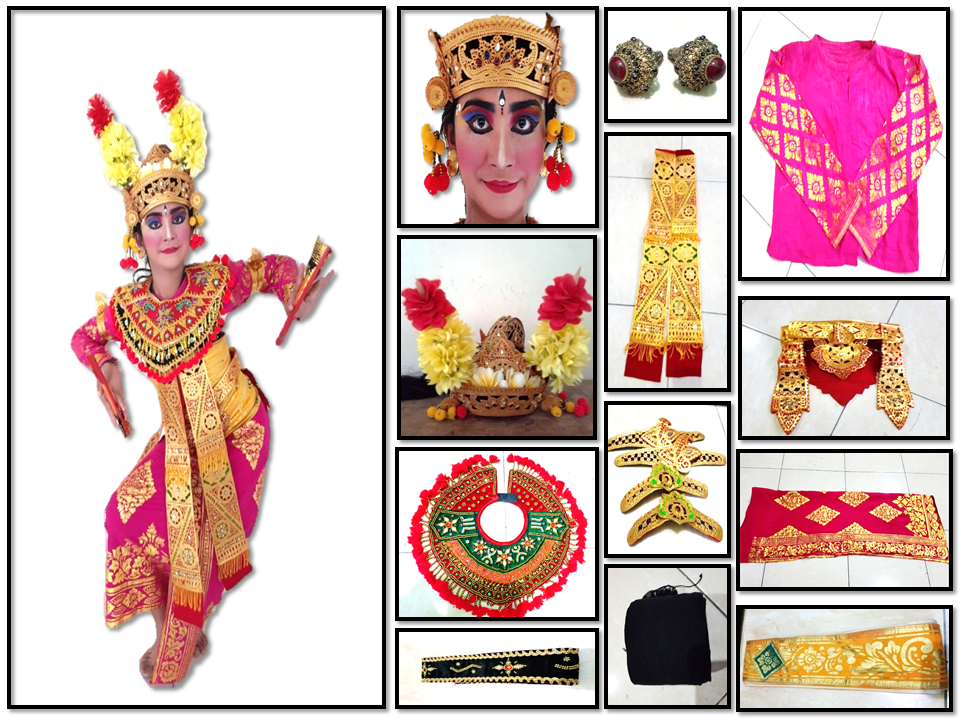The Concept of Tri Angga in Makeup and Costume Condong Legong Kraton Dance
DOI:
https://doi.org/10.24036/4fzgyk71Keywords:
Dance, Tri Angga, Condong Legong Kraton, make up, costumeAbstract
Condong Legong Kraton dance is one of the forms of classical Balinese performing arts that is rich in aesthetic value, philosophy, and symbolic meaning. One of the elements in this dance is the makeup and costumes. This study aims to identify the forms of makeup and costumes in Condong Legong Kraton dance and describe the meaning of makeup and costumes in Condong Legong Kraton dance in the concept of Tri Angga. This study uses a qualitative method with Charles Sanders Pierce's Semiotics as a tool to explore the meaning of makeup and costumes in Condong Legong Kraton dance within the Tri Angga concept. The Tri Angga concept is a Hindu religious concept that classifies the human body into three parts: Utama angga (head), madya angga (body), and nista angga (feet). The interpretation of makeup and costumes in several regions has often been reduced to merely visual elements, thus necessitating a deeper understanding of makeup and costumes in dance, particularly in the Condong Legong Kraton dance as a classical dance. The division of these concepts is as follows: Utama angga is the most sacred part, where the use of hair ornaments and facial makeup symbolizes the Trimurti (the gods Brahma, Vishnu, and Shiva). Madya angga is the torso or body, which serves as a medium for expression, and Nista angga is the lower part, which serves as the foundation and is integrated with life.

Downloads
Published
Issue
Section
License
Copyright (c) 2025 Ni Luh Enita Maharani

This work is licensed under a Creative Commons Attribution-NonCommercial-ShareAlike 4.0 International License.





